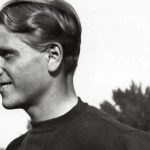The term “drag queen” gained popularity in the mid-20th century, but people have used clothing, makeup, and hairstyling for centuries to express gender and entertain.
Drag, defined by historian Joe E. Jeffreys as “theatrical exaggeration of gender,” has evolved from its origins in the late 1800s, including notable figures like a former enslaved person, to today’s stars of “RuPaul’s Drag Race.”
It’s deeply intertwined with the LGBTQ community, as many drag performers identify within this group. From vaudeville stages to contemporary reality TV, these 12 drag queens have significantly influenced this glamorous and occasionally controversial art form.
Princess Seraphina (1700s)

Princess Seraphina, an 18th-century figure ahead of the modern concept of “drag,” is recognized as England’s first drag queen. Born John Cooper, she fearlessly navigated London’s streets during an era when homosexuality was punishable by death.
She was well-known in both local neighborhoods and the secretive molly houses, which served as havens for the city’s underground gay community during the 1700s.
Much of her story is pieced together from court records. Notably from a dramatic trial where Cooper, facing charges under stringent sodomy laws, accused a man who had robbed and threatened to expose her identity.
Princess Seraphina’s fearless expression through extravagant performances and daring fashion choices challenged societal norms of gender identity. Her life illuminates the historical role of drag as a profound form of artistic expression and social critique.
Madam Pattirini (1854-1931)
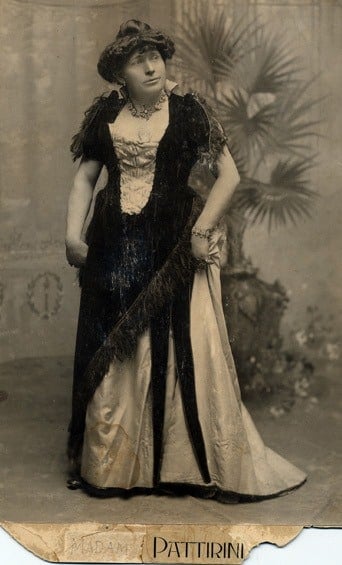
Madam Pattirini was the stage name of B. Morris Young, a prominent drag performer in Utah during the late 1800s and early 1900s. He was the son of Brigham Young and a member of the Church of Jesus Christ of Latter-day Saints.
In 1901, an article in the Deseret News, owned by the LDS church, highlighted his portrayal of Madam Pattirini, an “Italian prima donna,” at a church leader’s birthday celebration. Known for his falsetto voice and talent in sustaining a female character, Young was praised as a skilled entertainer.
Young’s drag persona became so iconic that a Utah distillery even named a gin after Madam Pattirini in 2017.
Despite his public persona, Young had a family life, including marrying Armeda Snow, daughter of church president Lorenzo Snow, and raising a son who became a prominent architect in Utah.
Young’s performances as Madam Pattirini, including appearances across northern and central Utah from the 1880s to the early 1900s, showcased his ability to convincingly embody female roles, often surprising his audiences with his talent.
William Dorsey Swann (1860-1925)
William Dorsey Swann, born into slavery around 1860 in Georgia, emerged as a notable figure in American LGBTQ history. His story, uncovered by journalist and historian Channing Gerard Joseph in 2005, reshaped our understanding of queer activism in the United States.
After relocating to Washington, D.C., in the 1880s, Swann led a resistance group of formerly enslaved Black men. They organized clandestine drag balls in Swann’s home, just half a mile from the White House, marking a bold assertion of their identities in a hostile era lacking formal gay rights organizations.
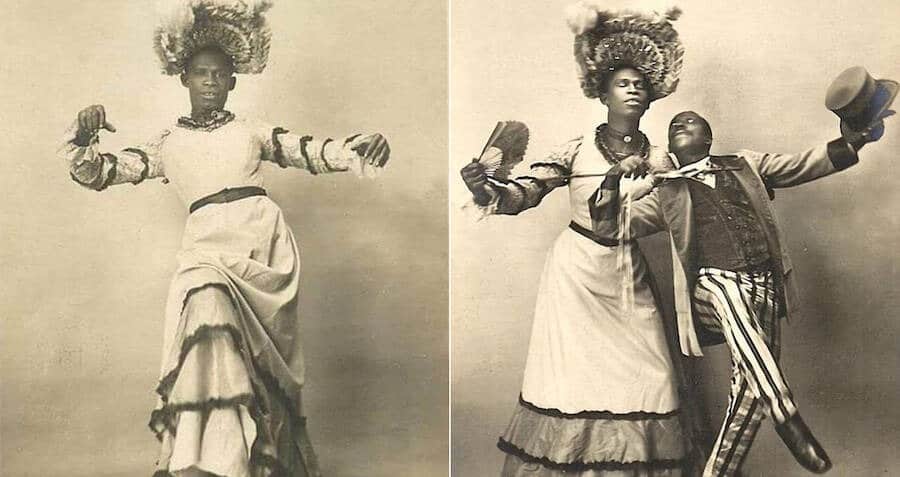
Swann is known as the first person to use the term “drag queen” to describe himself.
Dr. Lady J, a drag historian and performer, said: “When we think about drag queens—especially female impersonators in the 19th century—we think about performers, rather than about the way that drag exists in and functions to create community”.
“Swann introducing the term ‘drag queen’ as an identity term and as a community leader title in and of itself is really significant,” she added.
Swann faced frequent arrests during police raids on his gatherings. In 1896, he was falsely charged with operating a brothel under the guise of hosting a drag ball. This landmark case marked one of the first instances in American history where legal and political actions were used to defend LGBTQ rights to assemble.
Swann’s courage and activism paved the way for future generations of LGBTQ individuals striving for acceptance and equality in American society.
Julian Eltinge (1880s-1941)
According to the Los Angeles Public Library, Julian Eltinge, celebrated as the “king of drag queens,” was a pioneering female impersonator comparable to today’s RuPaul.
Born William Dalton in Massachusetts in 1881, Eltinge began experimenting with women’s clothing as a child and progressed to performing in drag acts in saloons during his early teens.
By age 18, he was playing women’s roles in Shakespearean plays. Eltinge was famous for his convincing portrayals of women on stage, often shocking audiences by removing his wig at the end of performances.
He even performed for King Edward VII of England, who was so impressed that he gifted Eltinge a white bulldog, as noted in his New York Times obituary.
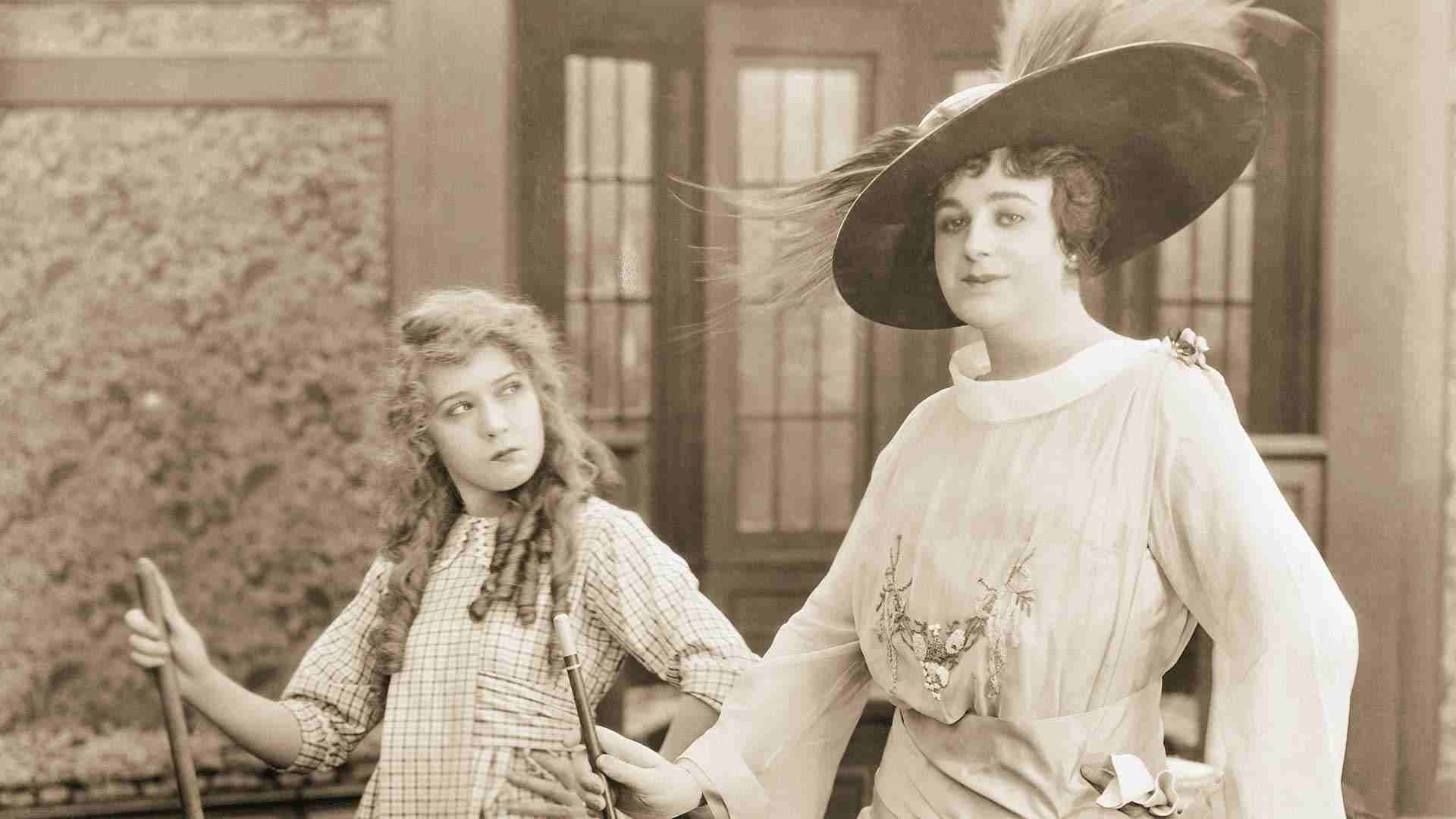
In 1904, Eltinge starred in a Broadway musical where he played a man disguised as a woman, earning critical acclaim and launching his career on the vaudeville circuit and European tours.
His popularity extended to boxing matches and promotional videos during World War I, where he featured alongside other celebrities. The Eltinge Theater on New York’s 42nd Street was named after him in 1912.
Unlike modern terminology, Eltinge preferred terms like “female impersonator” or “femme mimic” over “drag queen.”
He capitalized on his ability to transform from a stout man into a glamorous woman. He even developed his own makeup and skincare products aimed at a burgeoning women’s middle-class audience.
Eltinge became one of America’s highest-paid actors and helped make drag a respected career. As historian Jeffreys noted, he toured widely and built a big audience for drag shows.
Danny La Rue (1927-2009)
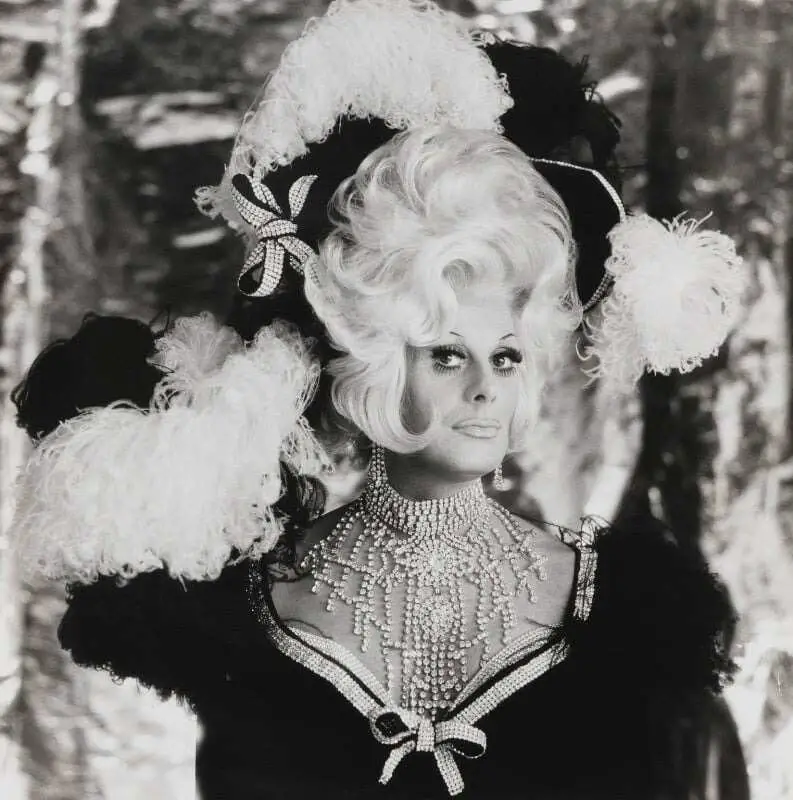
Danny La Rue, an Irish-born entertainer, was celebrated for his glamorous drag performances adorned with lavish costumes.
Often hailed as “the grande dame of drag,” he created original onstage personas while also parodying historical figures and celebrities such as Cher, Elizabeth Taylor, Marlene Dietrich, and Margaret Thatcher.
La Rue’s talent and charisma made him one of Britain’s highest-paid entertainers during his peak.
His illustrious career included performances for Queen Elizabeth II, who honored him in 2002 with the Officer of the Order of the British Empire (OBE) for his charitable efforts supporting AIDS causes.
Darcelle XV (1930-2023)
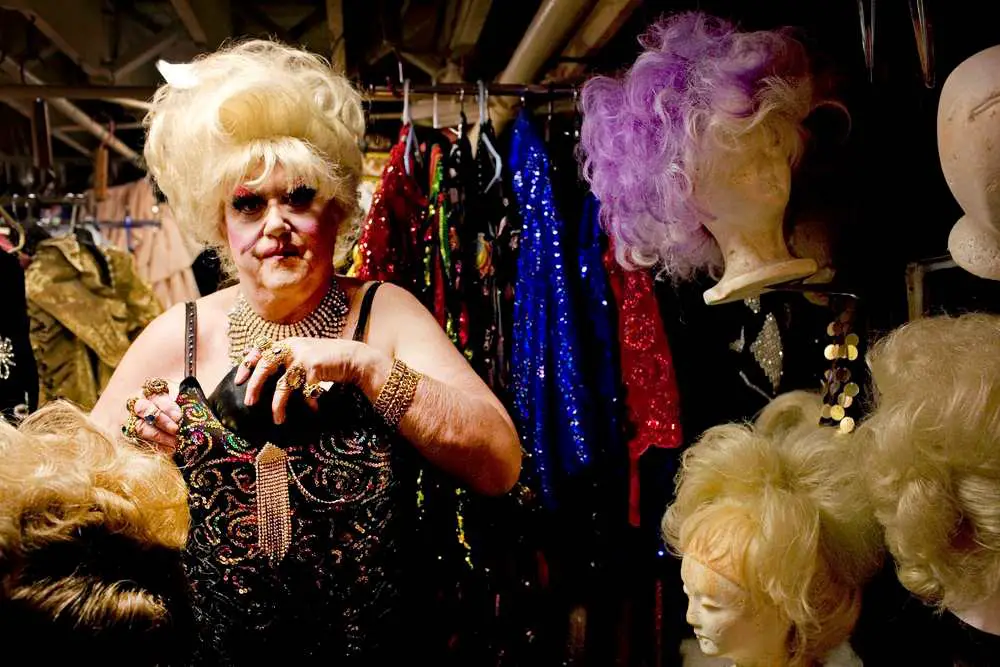
Born in 1930 in Portland, Oregon, Walter W. Cole discovered his passion for drag at the age of 37. He adopted the iconic stage name Darcelle in 1969.
Beyond his captivating performances, Cole was also a savvy entrepreneur. In 1967, he founded the Darcelle XV Showplace, which grew to become the longest-running drag show on the West Coast. This iconic venue holds a special place in LGBTQ history, being the first site in Oregon to be listed on the National Register of Historic Places.
In 2016, Darcelle XV, at the age of 85 years and 273 days, was honored by Guinness World Records as the “oldest active drag queen in the world.”
Darcelle continued to perform until his passing in 2023 at 92. That same year, Portland Portland named a downtown plaza after him in his honor.
Dame Edna (1934-2023)
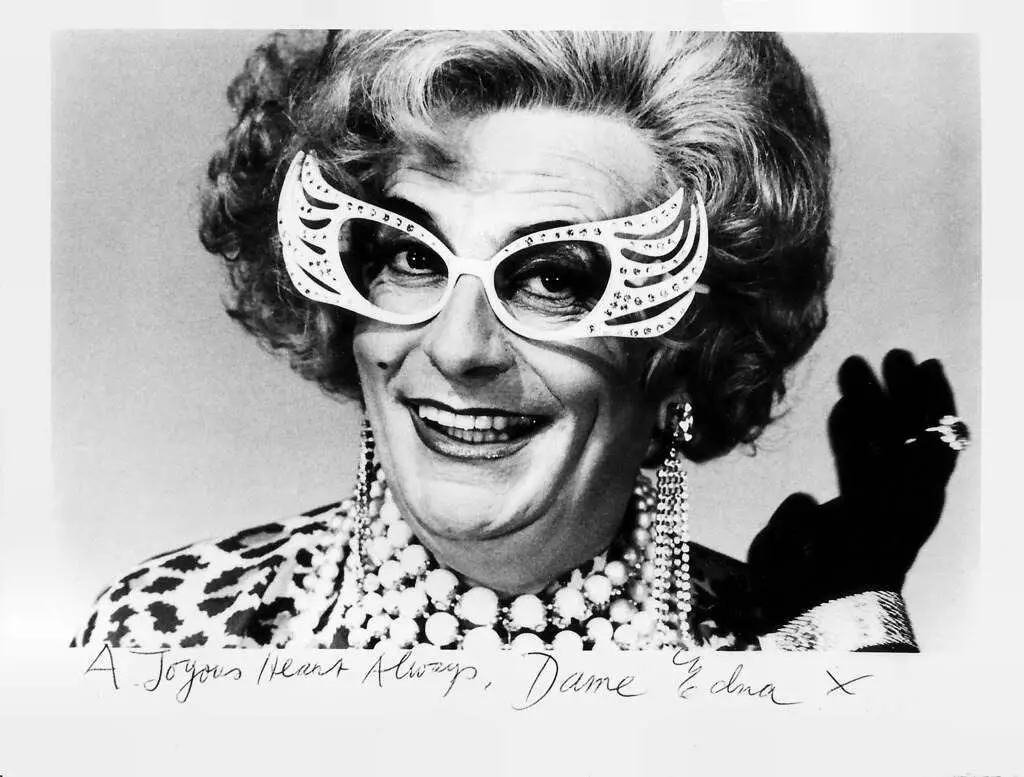
Dame Edna Everage, the drag persona of the late Australian comedian Barry Humphries, became famous for her distinctive lilac bouffant hairstyle, sparkling cat-eye glasses, and fondness for gladiolas. Her trademark greeting, “Hello, Possums!” endeared her to audiences worldwide.
Starting in the 1970s in the U.K., this comedic character, a cheeky and somewhat pretentious housewife, became a fixture on stages and TV screens globally for decades.
Dame Edna, crafted from Humphries’ female family members and Dadaist influences, was known for her bold humor rather than elegance. Despite her irreverent style, she won over audiences and celebrities alike, including Sean Connery and Cher, who appeared on her shows.
While Humphries had other personas, Dame Edna became his most enduring creation, holding the Guinness World Record for the longest-running character performed by a single entertainer.
Crystal LaBeija (1930s-1990s)
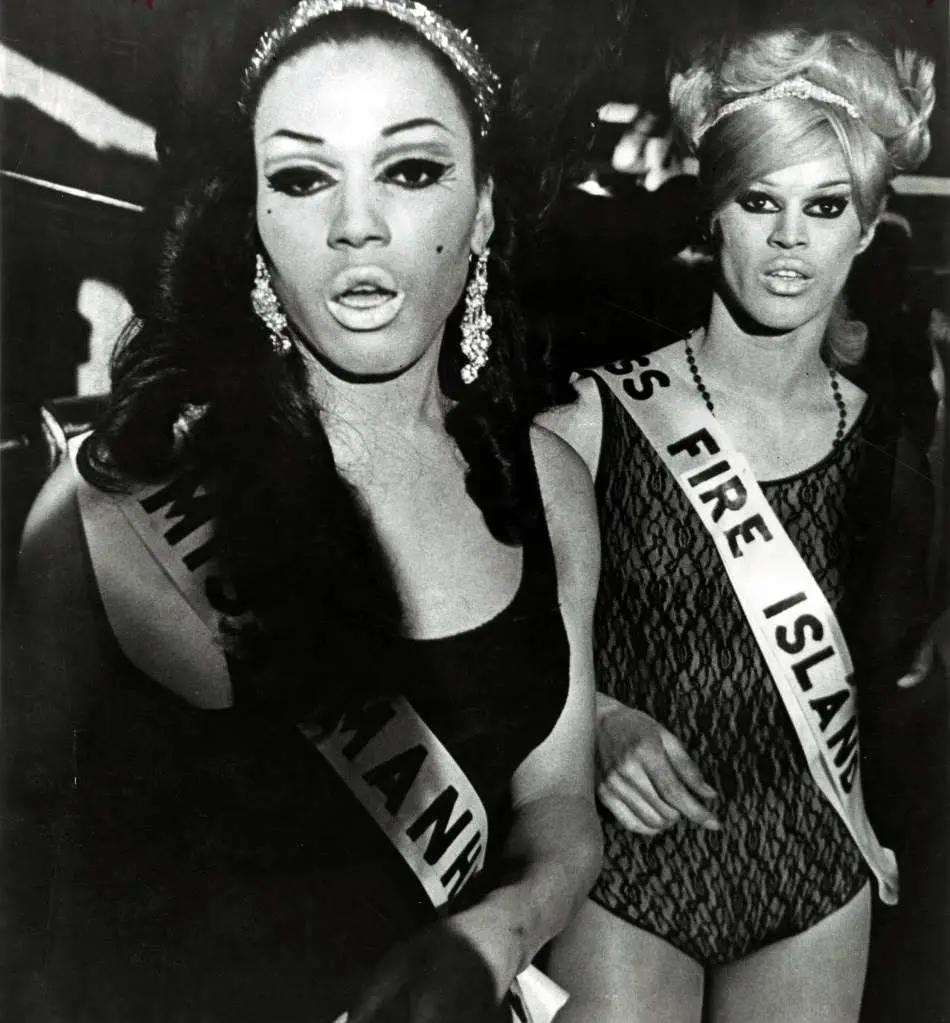
Crystal LaBeija, a Black drag queen and trans woman, made a bold action when she walked away from the 1967 Miss All-America Camp Beauty Pageant after placing fourth as Miss Manhattan. She felt the judges were biased against her because of her race.
Before Crystal’s bold move, drag balls in New York City were individual contests focused on best attire. Crystal changed the game by creating competitions among houses, similar to sports teams competing for various awards.
This new approach made ballroom culture more inclusive and community-oriented.
Following the contentious pageant captured in the documentary “The Queen,” Crystal teamed up with fellow Harlem queen Lottie to establish her own pageant and the House of LaBeija. This groundbreaking move empowered Black and Latina queens to create their own spaces in the drag community.
Decades later, the house system remains a cornerstone of ballroom culture, spreading globally and influencing fashion and dance. Crystal LaBeija’s bold stand continues to resonate, marking her as a trailblazer in drag and LGBTQ+ activism.
Flawless Sabrina (1939-2017)
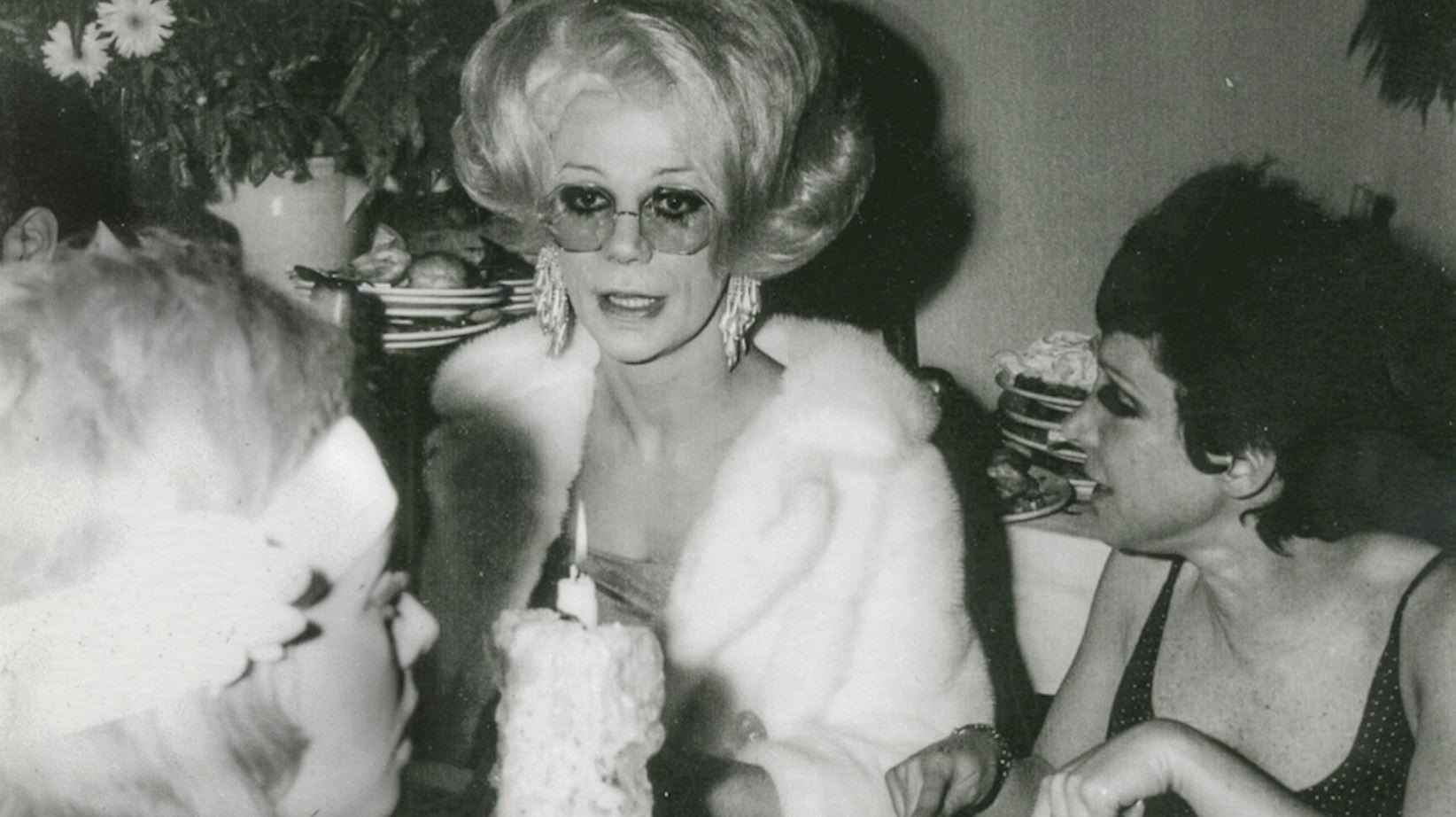
In 1959, Flawless Sabrina organized her first drag pageant with friends in Philadelphia, marking the beginning of her influence in the ‘60s across the country. Despite cross-dressing being illegal at the time, Sabrina, also known as Jack Doroshow out of makeup, faced over 100 arrests.
Her most famous event, the 1967 Miss All-America Camp Beauty Pageant in New York City, was captured in “The Queen,” a groundbreaking film showcased at the Cannes International Film Festival in 1968, celebrated for its impact on queer culture.
After spending the 1980s in Europe, Flawless Sabrina returned to New York City, where she spent her later years in her Upper East Side apartment. Here, she hosted gatherings, showcased young artists, and maintained a vibrant cultural salon, as detailed in her New York Times obituary.
Divine (1945-1988)
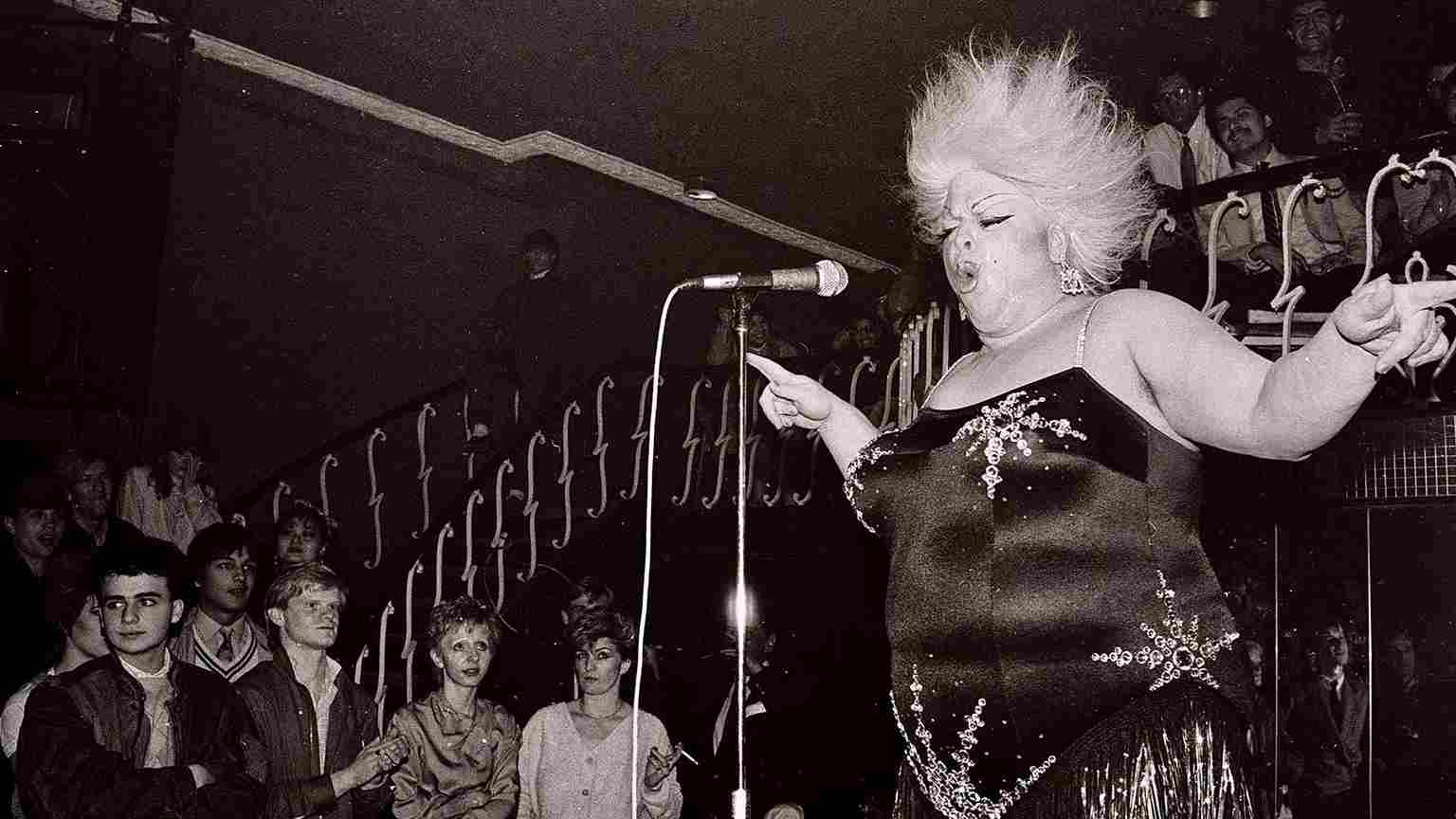
Divine, born Harris Glenn Milstead in 1945 in Baltimore, was more than just a drag queen — she was a cultural force.
Collaborating closely with filmmaker John Waters from the mid-1960s until her death in 1988, Divine appeared in nine of Waters’ movies and became synonymous with the avant-garde, trash film genre.
Known for her distinctive style—grotesque, with shaved-back hairline and bold brows—Divine’s breakthrough role came in Waters’ cult classic “Pink Flamingos” (1972), where she shocked and captivated audiences as a drag legend.
While Divine gained mainstream recognition as Edna Turnblad in Waters’ 1988 hit “Hairspray,” it was her earlier roles that solidified her status as an iconoclast.
Dr. Lady J explains, “Before Divine, drag was about imitating human women. Divine changed that. She was like the ‘Godzilla of Drag Queens,’ big, bold, and threatening—an inspiration to alternative drag queens today.”
Divine’s impact extended beyond film; she carved a niche as a disco star and found particular success in Europe. Perhaps no other drag queen in history has had such an impact on mainstream culture while existing resolutely on its fringes than Divine.
RuPaul (Born 1960)
RuPaul Charles, arguably the most iconic figure in modern drag culture, has left an indelible mark on entertainment history by popularizing drag and achieving remarkable success.
Rising from Atlanta’s underground scene in the early 1980s, RuPaul’s career soared in the 1990s with her breakout single “Supermodel (You Better Work).” This catapulted her into mainstream fame, where she crafted a polished, glamorous persona that resonated widely.
Dr. Lady J, in her dissertation “From the Love Ball to RuPaul,” notes RuPaul’s evolution from a character inspired by Black trans sex workers in New York’s Meatpacking District to a sophisticated “Glamazon” figure.
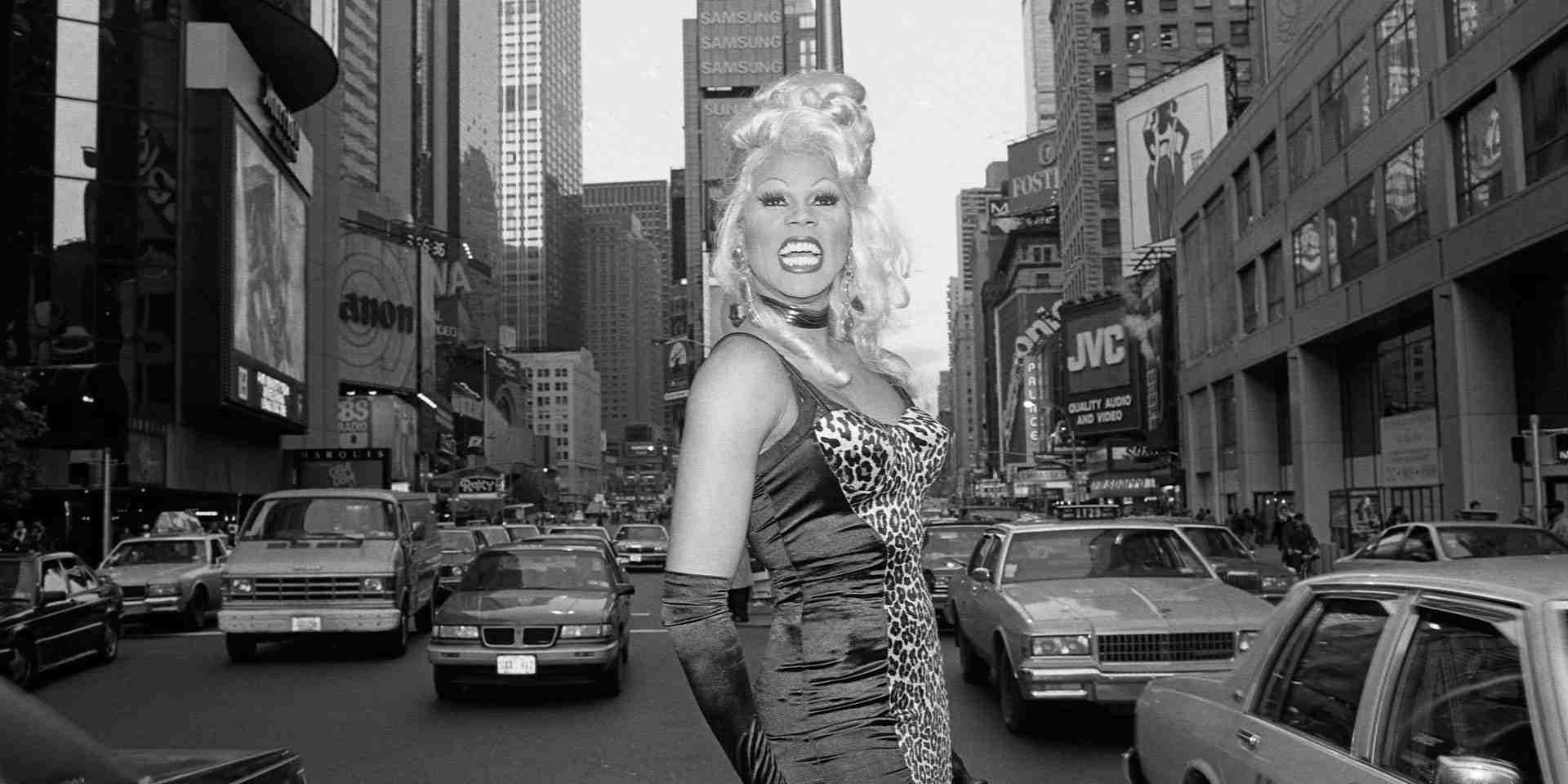
This transformation enabled RuPaul to secure a record deal, make television appearances—including a groundbreaking spot on the Arsenio Hall Show—and land roles in films like The Brady Bunch Movie and To Wong Foo, Thanks for Everything! Julie Newmar.
In 2009, RuPaul revolutionized drag entertainment with the launch of “RuPaul’s Drag Race” on Logo TV. The reality competition series not only became a cultural phenomenon but also sparked numerous spinoffs and international editions.
Despite initial controversies, including debates over transgender inclusion, the show has profoundly reshaped the perception and acceptance of drag in mainstream media.
“For me, it’s night and day,” explains Dr. Lady J. “There’s before Drag Race, and there’s after, and there’s no going back to the way it was before. Drag Race has permanently altered the landscape of drag culture, ushering it into a new era of visibility and influence.”
RuPaul, now in her 60s, continues to inspire new generations of drag performers and remains a driving force in entertainment, continually expanding her creative footprint with original shows and ventures.
Lady Bunny (Born 1962)
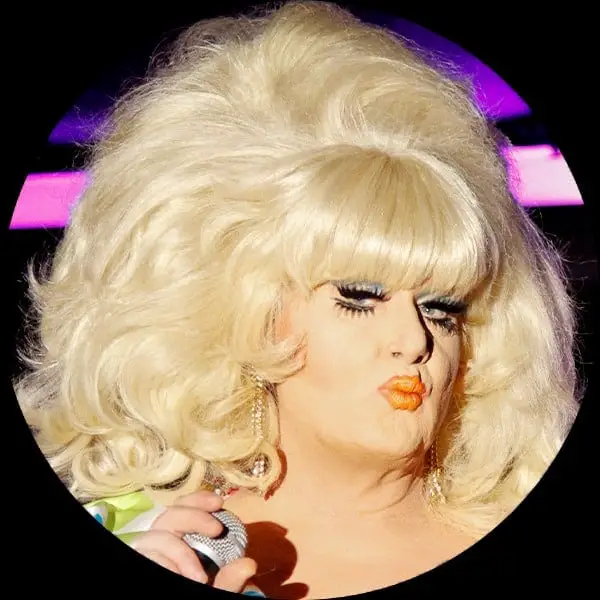
Lady Bunny, known for her multifaceted career spanning comedy, drag, acting, music, and DJing, has been a fixture in entertainment since the early 1980s.
Starting as a go-go dancer alongside her friend RuPaul in Atlanta, she moved to New York City in 1984 and quickly became a prominent figure at the Pyramid Club.
Lady Bunny immersed herself in the city’s vibrant nightclub scene, where experimentation with gender, art, and fashion flourished. Her creation of Wigstock in 1984 solidified her reputation as a trailblazer in drag culture.
This event, featuring a diverse array of drag performers, grew steadily in popularity, eventually reaching mainstream appeal throughout the 1990s and 2000s.
Today, Lady Bunny remains celebrated as one of the most iconic and influential drag queens in contemporary entertainment.

